Organizational Culture: Hofstede's Cultural Dimensions Analysis
VerifiedAdded on 2020/10/22
|6
|1255
|420
Essay
AI Summary
This essay delves into Hofstede's cultural dimensions, providing a critical analysis of individualism/collectivism, power distance, and uncertainty avoidance. The essay defines culture and organizational culture, highlighting the significance of Hofstede's framework in understanding diverse cultural dimensions. It explores the implications of each dimension, arguing for the benefits of individualism, high power distance, and high uncertainty avoidance in organizational contexts. The essay suggests strategies for improving organizational culture, such as employing a diverse workforce. The conclusion summarizes the key points, emphasizing the importance of cultural awareness and adaptation in the workplace. The essay references scholarly articles and books to support its arguments.
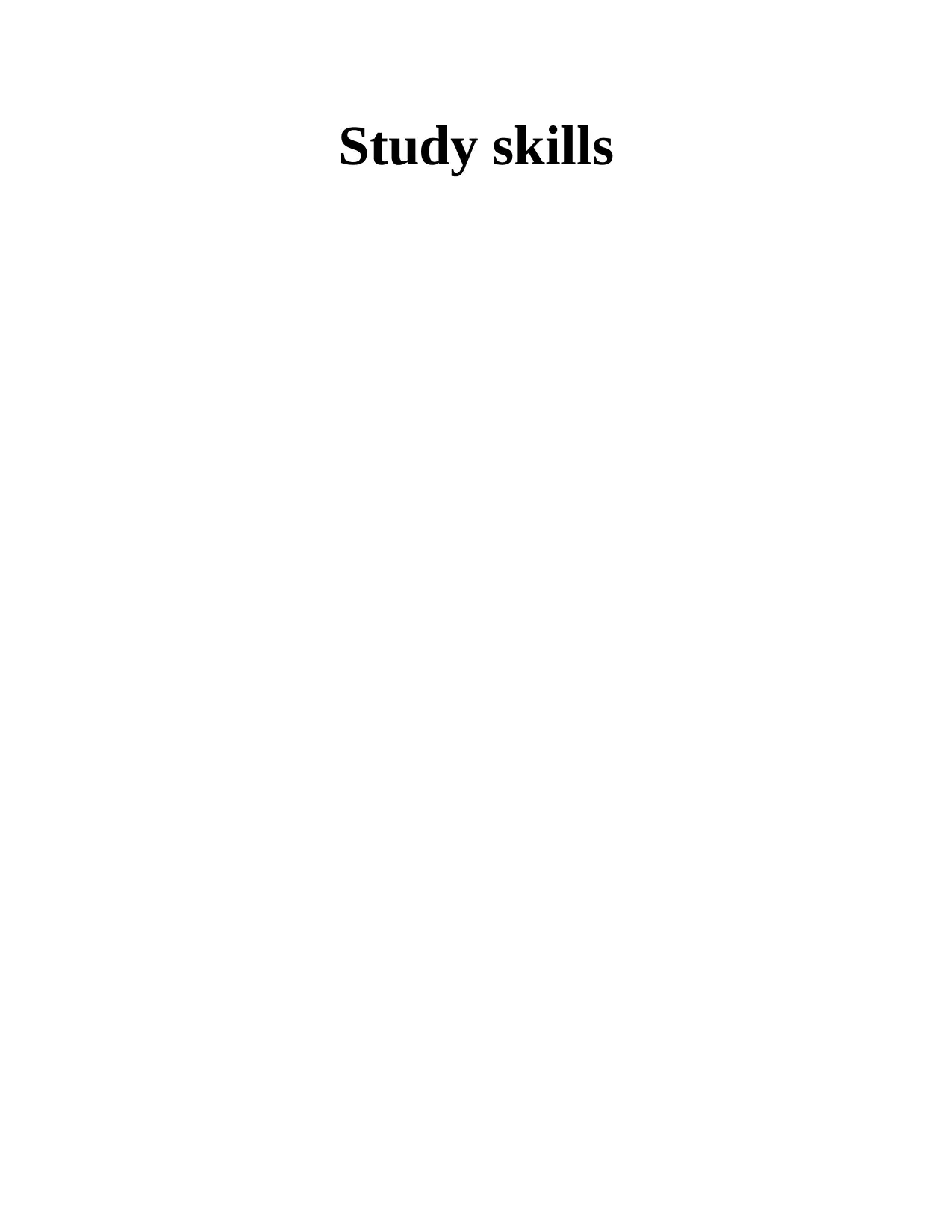
Study skills
Paraphrase This Document
Need a fresh take? Get an instant paraphrase of this document with our AI Paraphraser
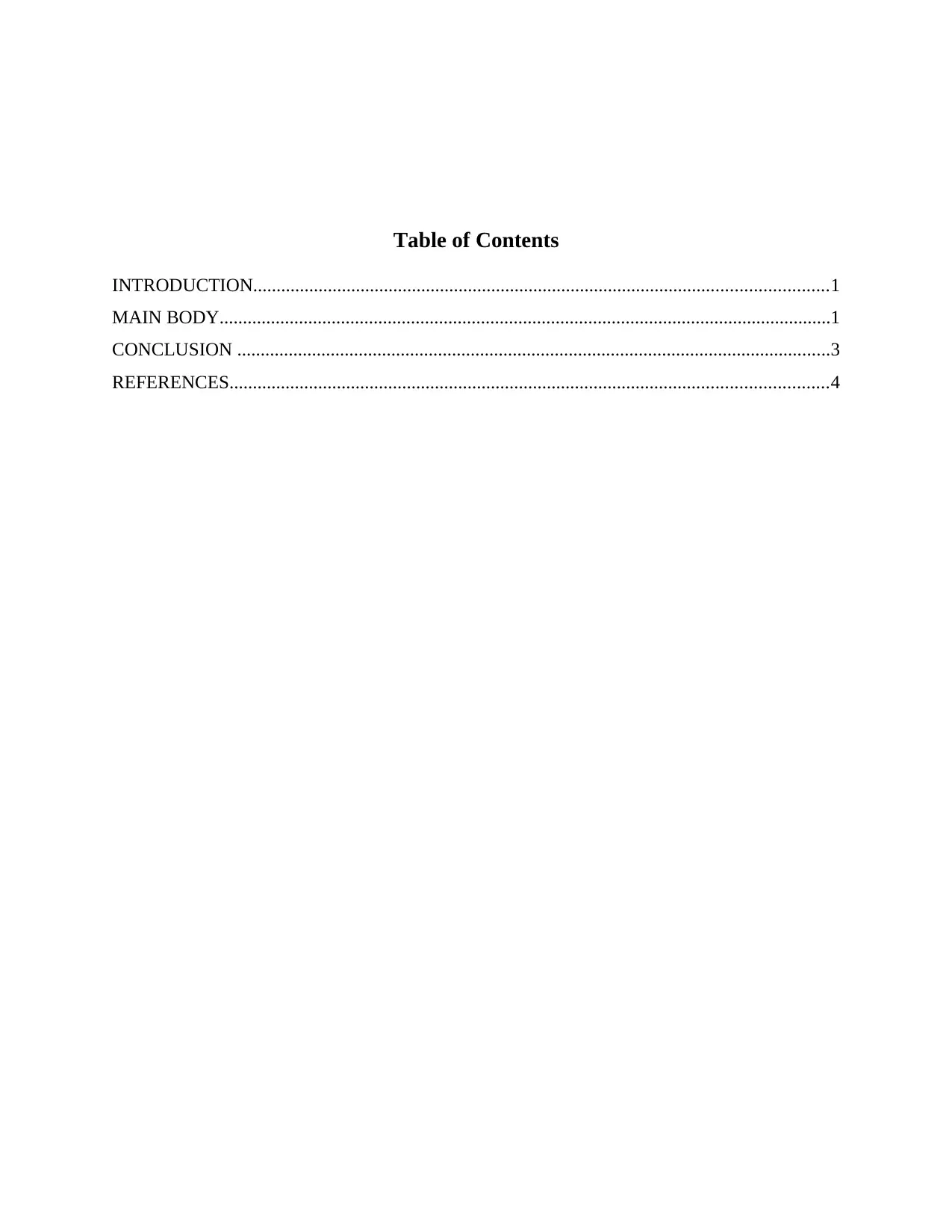
Table of Contents
INTRODUCTION...........................................................................................................................1
MAIN BODY...................................................................................................................................1
CONCLUSION ...............................................................................................................................3
REFERENCES................................................................................................................................4
INTRODUCTION...........................................................................................................................1
MAIN BODY...................................................................................................................................1
CONCLUSION ...............................................................................................................................3
REFERENCES................................................................................................................................4
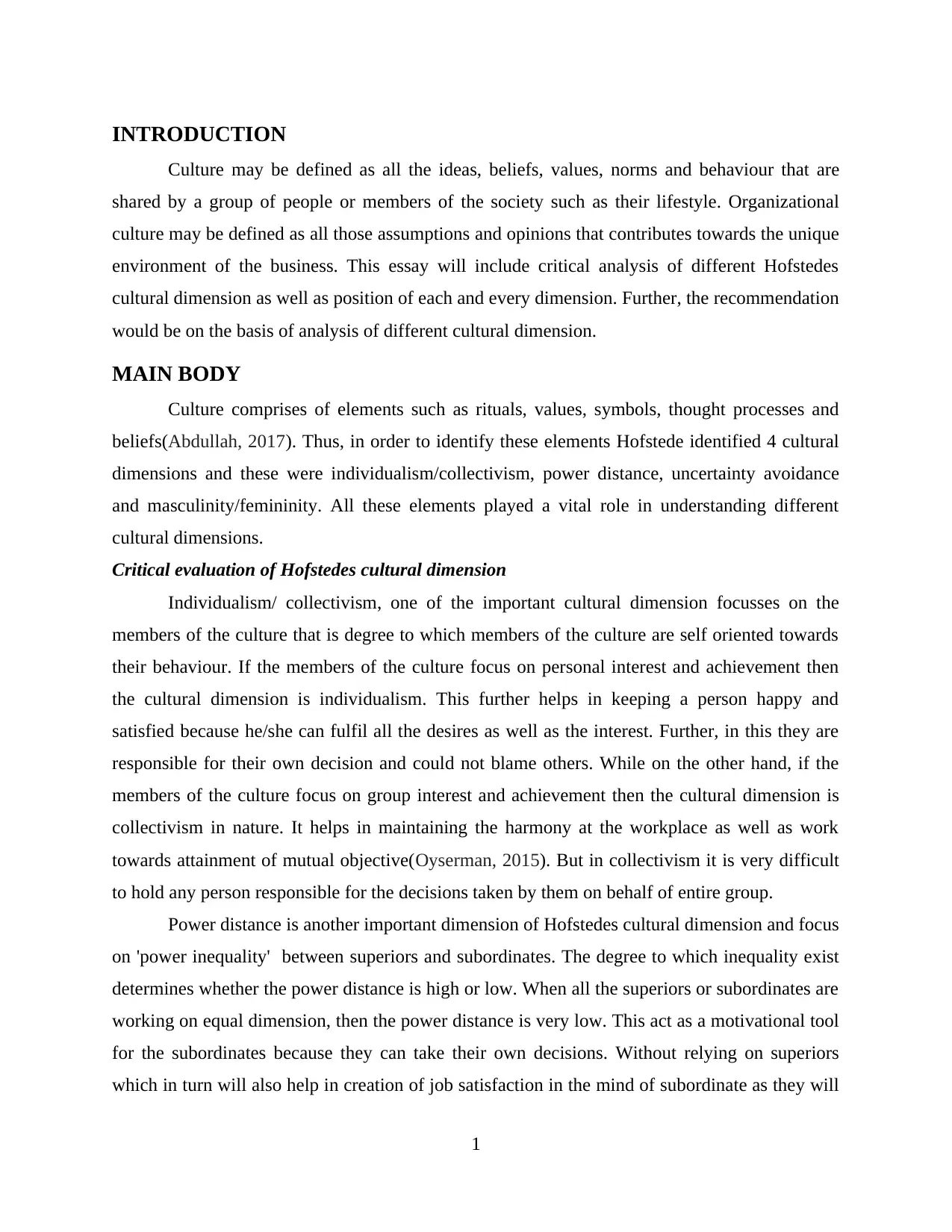
INTRODUCTION
Culture may be defined as all the ideas, beliefs, values, norms and behaviour that are
shared by a group of people or members of the society such as their lifestyle. Organizational
culture may be defined as all those assumptions and opinions that contributes towards the unique
environment of the business. This essay will include critical analysis of different Hofstedes
cultural dimension as well as position of each and every dimension. Further, the recommendation
would be on the basis of analysis of different cultural dimension.
MAIN BODY
Culture comprises of elements such as rituals, values, symbols, thought processes and
beliefs(Abdullah, 2017). Thus, in order to identify these elements Hofstede identified 4 cultural
dimensions and these were individualism/collectivism, power distance, uncertainty avoidance
and masculinity/femininity. All these elements played a vital role in understanding different
cultural dimensions.
Critical evaluation of Hofstedes cultural dimension
Individualism/ collectivism, one of the important cultural dimension focusses on the
members of the culture that is degree to which members of the culture are self oriented towards
their behaviour. If the members of the culture focus on personal interest and achievement then
the cultural dimension is individualism. This further helps in keeping a person happy and
satisfied because he/she can fulfil all the desires as well as the interest. Further, in this they are
responsible for their own decision and could not blame others. While on the other hand, if the
members of the culture focus on group interest and achievement then the cultural dimension is
collectivism in nature. It helps in maintaining the harmony at the workplace as well as work
towards attainment of mutual objective(Oyserman, 2015). But in collectivism it is very difficult
to hold any person responsible for the decisions taken by them on behalf of entire group.
Power distance is another important dimension of Hofstedes cultural dimension and focus
on 'power inequality' between superiors and subordinates. The degree to which inequality exist
determines whether the power distance is high or low. When all the superiors or subordinates are
working on equal dimension, then the power distance is very low. This act as a motivational tool
for the subordinates because they can take their own decisions. Without relying on superiors
which in turn will also help in creation of job satisfaction in the mind of subordinate as they will
1
Culture may be defined as all the ideas, beliefs, values, norms and behaviour that are
shared by a group of people or members of the society such as their lifestyle. Organizational
culture may be defined as all those assumptions and opinions that contributes towards the unique
environment of the business. This essay will include critical analysis of different Hofstedes
cultural dimension as well as position of each and every dimension. Further, the recommendation
would be on the basis of analysis of different cultural dimension.
MAIN BODY
Culture comprises of elements such as rituals, values, symbols, thought processes and
beliefs(Abdullah, 2017). Thus, in order to identify these elements Hofstede identified 4 cultural
dimensions and these were individualism/collectivism, power distance, uncertainty avoidance
and masculinity/femininity. All these elements played a vital role in understanding different
cultural dimensions.
Critical evaluation of Hofstedes cultural dimension
Individualism/ collectivism, one of the important cultural dimension focusses on the
members of the culture that is degree to which members of the culture are self oriented towards
their behaviour. If the members of the culture focus on personal interest and achievement then
the cultural dimension is individualism. This further helps in keeping a person happy and
satisfied because he/she can fulfil all the desires as well as the interest. Further, in this they are
responsible for their own decision and could not blame others. While on the other hand, if the
members of the culture focus on group interest and achievement then the cultural dimension is
collectivism in nature. It helps in maintaining the harmony at the workplace as well as work
towards attainment of mutual objective(Oyserman, 2015). But in collectivism it is very difficult
to hold any person responsible for the decisions taken by them on behalf of entire group.
Power distance is another important dimension of Hofstedes cultural dimension and focus
on 'power inequality' between superiors and subordinates. The degree to which inequality exist
determines whether the power distance is high or low. When all the superiors or subordinates are
working on equal dimension, then the power distance is very low. This act as a motivational tool
for the subordinates because they can take their own decisions. Without relying on superiors
which in turn will also help in creation of job satisfaction in the mind of subordinate as they will
1
⊘ This is a preview!⊘
Do you want full access?
Subscribe today to unlock all pages.

Trusted by 1+ million students worldwide
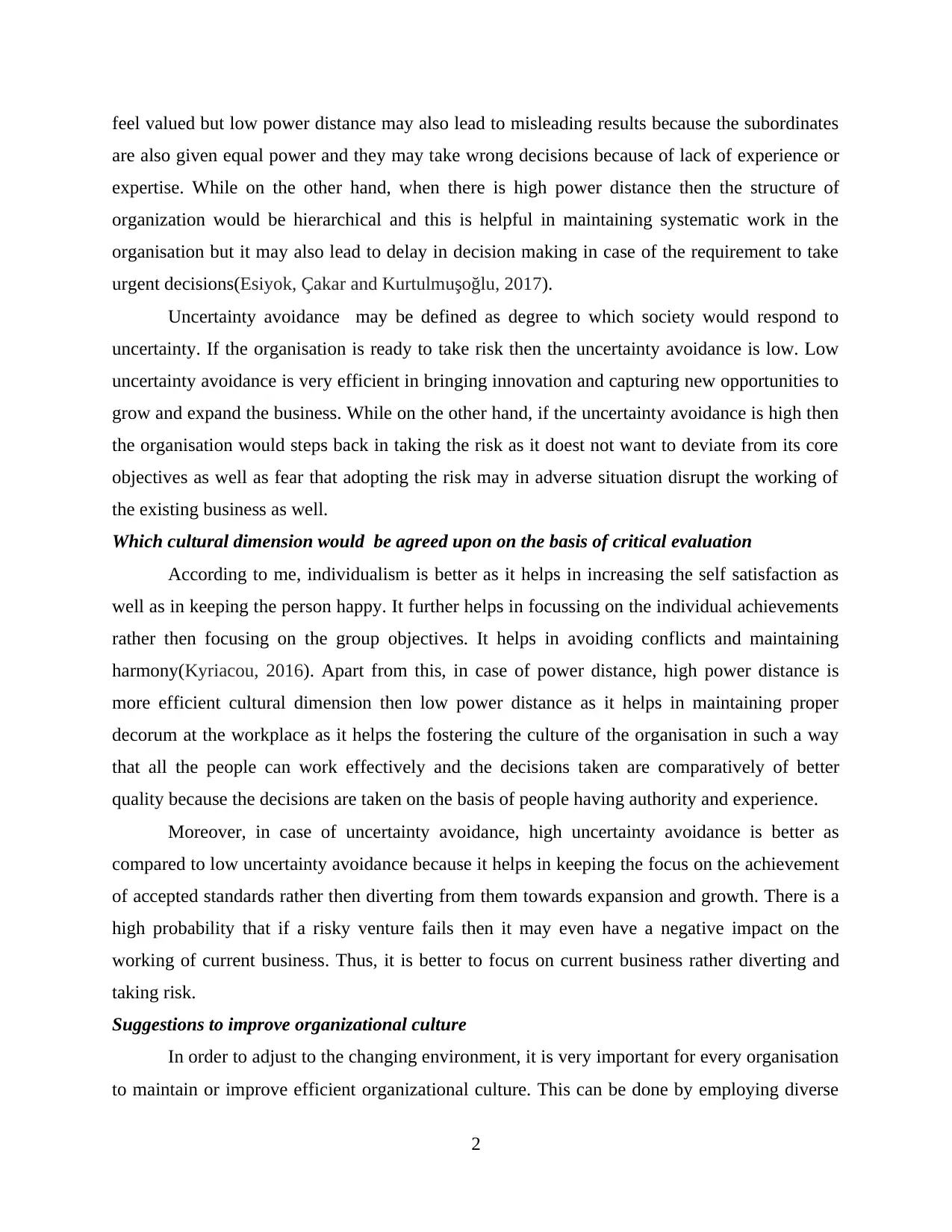
feel valued but low power distance may also lead to misleading results because the subordinates
are also given equal power and they may take wrong decisions because of lack of experience or
expertise. While on the other hand, when there is high power distance then the structure of
organization would be hierarchical and this is helpful in maintaining systematic work in the
organisation but it may also lead to delay in decision making in case of the requirement to take
urgent decisions(Esiyok, Çakar and Kurtulmuşoğlu, 2017).
Uncertainty avoidance may be defined as degree to which society would respond to
uncertainty. If the organisation is ready to take risk then the uncertainty avoidance is low. Low
uncertainty avoidance is very efficient in bringing innovation and capturing new opportunities to
grow and expand the business. While on the other hand, if the uncertainty avoidance is high then
the organisation would steps back in taking the risk as it doest not want to deviate from its core
objectives as well as fear that adopting the risk may in adverse situation disrupt the working of
the existing business as well.
Which cultural dimension would be agreed upon on the basis of critical evaluation
According to me, individualism is better as it helps in increasing the self satisfaction as
well as in keeping the person happy. It further helps in focussing on the individual achievements
rather then focusing on the group objectives. It helps in avoiding conflicts and maintaining
harmony(Kyriacou, 2016). Apart from this, in case of power distance, high power distance is
more efficient cultural dimension then low power distance as it helps in maintaining proper
decorum at the workplace as it helps the fostering the culture of the organisation in such a way
that all the people can work effectively and the decisions taken are comparatively of better
quality because the decisions are taken on the basis of people having authority and experience.
Moreover, in case of uncertainty avoidance, high uncertainty avoidance is better as
compared to low uncertainty avoidance because it helps in keeping the focus on the achievement
of accepted standards rather then diverting from them towards expansion and growth. There is a
high probability that if a risky venture fails then it may even have a negative impact on the
working of current business. Thus, it is better to focus on current business rather diverting and
taking risk.
Suggestions to improve organizational culture
In order to adjust to the changing environment, it is very important for every organisation
to maintain or improve efficient organizational culture. This can be done by employing diverse
2
are also given equal power and they may take wrong decisions because of lack of experience or
expertise. While on the other hand, when there is high power distance then the structure of
organization would be hierarchical and this is helpful in maintaining systematic work in the
organisation but it may also lead to delay in decision making in case of the requirement to take
urgent decisions(Esiyok, Çakar and Kurtulmuşoğlu, 2017).
Uncertainty avoidance may be defined as degree to which society would respond to
uncertainty. If the organisation is ready to take risk then the uncertainty avoidance is low. Low
uncertainty avoidance is very efficient in bringing innovation and capturing new opportunities to
grow and expand the business. While on the other hand, if the uncertainty avoidance is high then
the organisation would steps back in taking the risk as it doest not want to deviate from its core
objectives as well as fear that adopting the risk may in adverse situation disrupt the working of
the existing business as well.
Which cultural dimension would be agreed upon on the basis of critical evaluation
According to me, individualism is better as it helps in increasing the self satisfaction as
well as in keeping the person happy. It further helps in focussing on the individual achievements
rather then focusing on the group objectives. It helps in avoiding conflicts and maintaining
harmony(Kyriacou, 2016). Apart from this, in case of power distance, high power distance is
more efficient cultural dimension then low power distance as it helps in maintaining proper
decorum at the workplace as it helps the fostering the culture of the organisation in such a way
that all the people can work effectively and the decisions taken are comparatively of better
quality because the decisions are taken on the basis of people having authority and experience.
Moreover, in case of uncertainty avoidance, high uncertainty avoidance is better as
compared to low uncertainty avoidance because it helps in keeping the focus on the achievement
of accepted standards rather then diverting from them towards expansion and growth. There is a
high probability that if a risky venture fails then it may even have a negative impact on the
working of current business. Thus, it is better to focus on current business rather diverting and
taking risk.
Suggestions to improve organizational culture
In order to adjust to the changing environment, it is very important for every organisation
to maintain or improve efficient organizational culture. This can be done by employing diverse
2
Paraphrase This Document
Need a fresh take? Get an instant paraphrase of this document with our AI Paraphraser
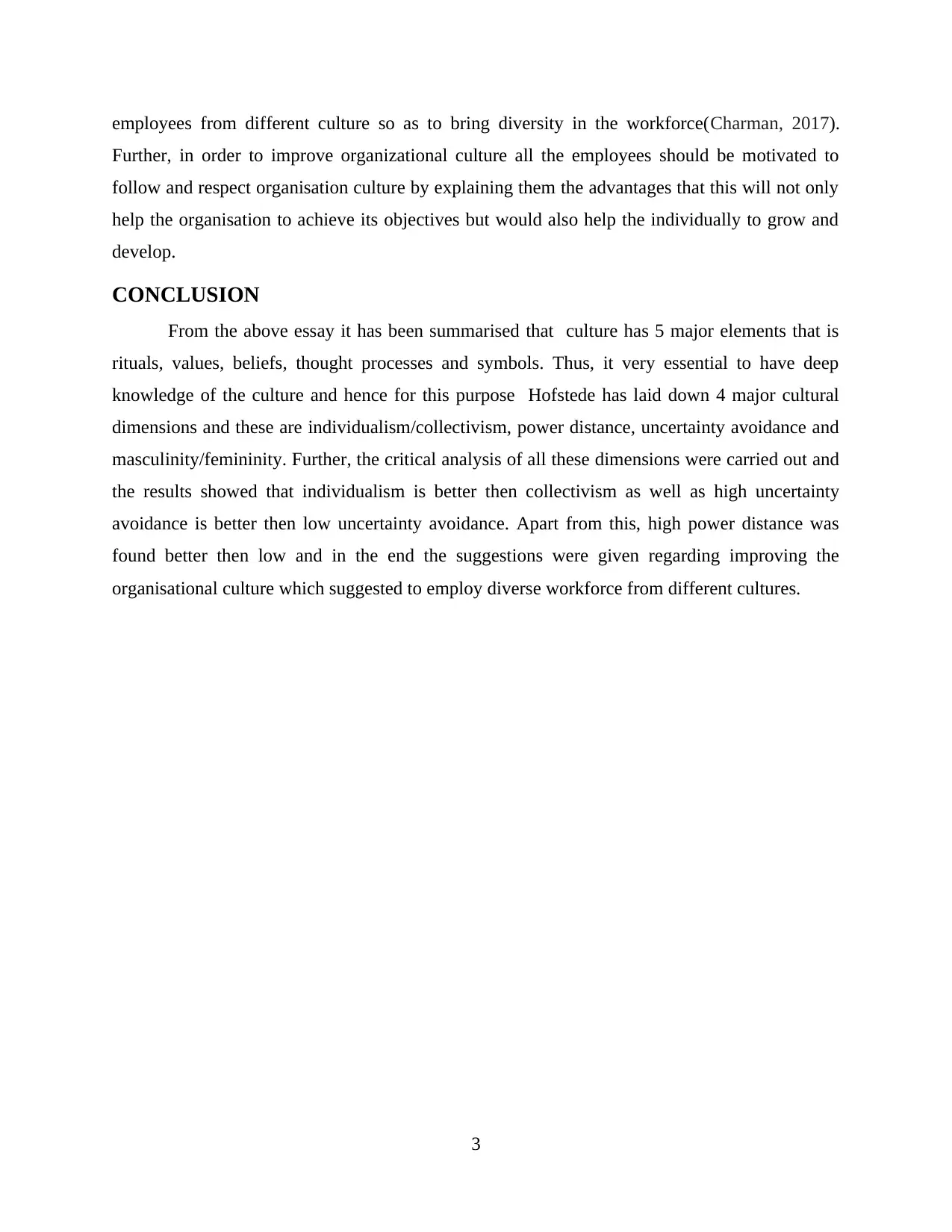
employees from different culture so as to bring diversity in the workforce(Charman, 2017).
Further, in order to improve organizational culture all the employees should be motivated to
follow and respect organisation culture by explaining them the advantages that this will not only
help the organisation to achieve its objectives but would also help the individually to grow and
develop.
CONCLUSION
From the above essay it has been summarised that culture has 5 major elements that is
rituals, values, beliefs, thought processes and symbols. Thus, it very essential to have deep
knowledge of the culture and hence for this purpose Hofstede has laid down 4 major cultural
dimensions and these are individualism/collectivism, power distance, uncertainty avoidance and
masculinity/femininity. Further, the critical analysis of all these dimensions were carried out and
the results showed that individualism is better then collectivism as well as high uncertainty
avoidance is better then low uncertainty avoidance. Apart from this, high power distance was
found better then low and in the end the suggestions were given regarding improving the
organisational culture which suggested to employ diverse workforce from different cultures.
3
Further, in order to improve organizational culture all the employees should be motivated to
follow and respect organisation culture by explaining them the advantages that this will not only
help the organisation to achieve its objectives but would also help the individually to grow and
develop.
CONCLUSION
From the above essay it has been summarised that culture has 5 major elements that is
rituals, values, beliefs, thought processes and symbols. Thus, it very essential to have deep
knowledge of the culture and hence for this purpose Hofstede has laid down 4 major cultural
dimensions and these are individualism/collectivism, power distance, uncertainty avoidance and
masculinity/femininity. Further, the critical analysis of all these dimensions were carried out and
the results showed that individualism is better then collectivism as well as high uncertainty
avoidance is better then low uncertainty avoidance. Apart from this, high power distance was
found better then low and in the end the suggestions were given regarding improving the
organisational culture which suggested to employ diverse workforce from different cultures.
3
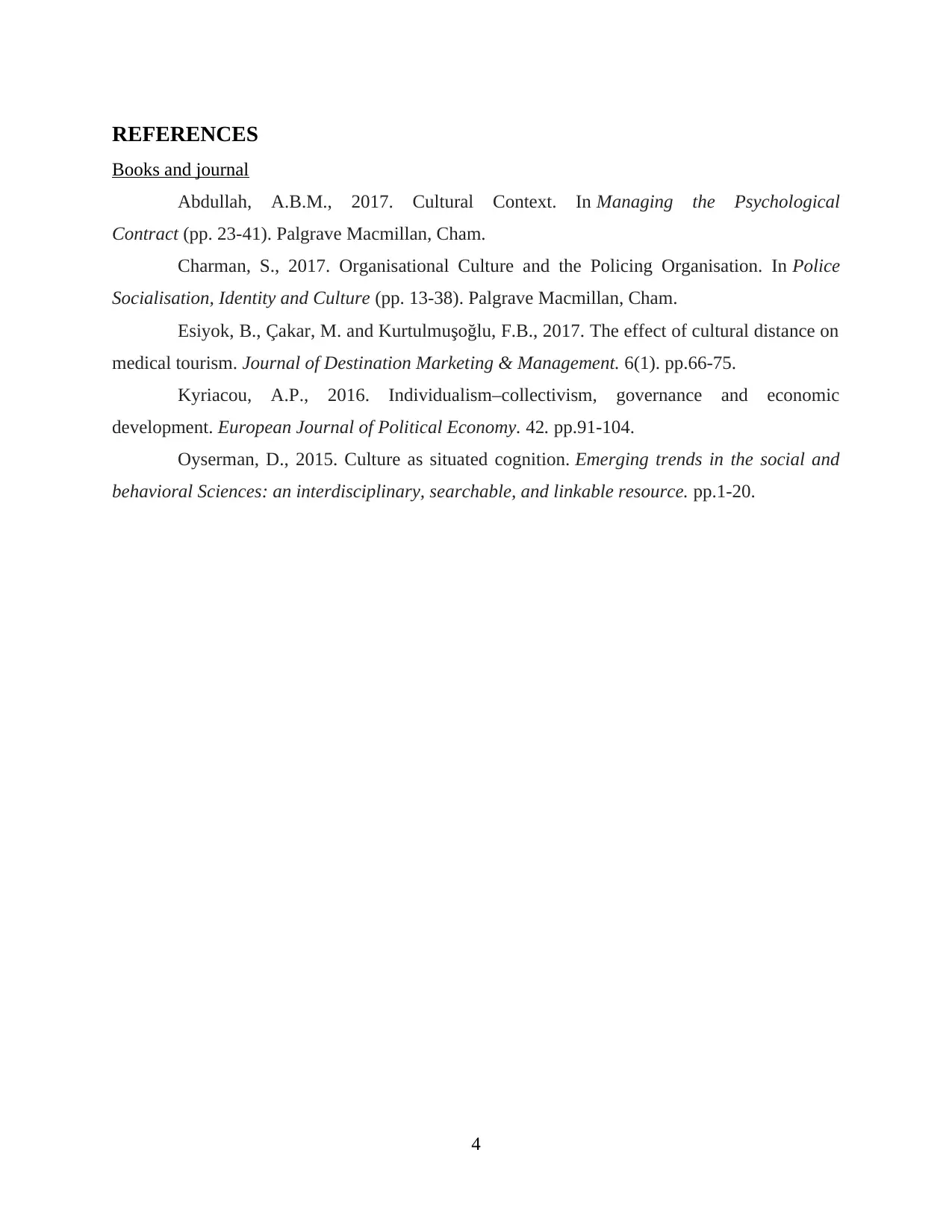
REFERENCES
Books and journal
Abdullah, A.B.M., 2017. Cultural Context. In Managing the Psychological
Contract (pp. 23-41). Palgrave Macmillan, Cham.
Charman, S., 2017. Organisational Culture and the Policing Organisation. In Police
Socialisation, Identity and Culture (pp. 13-38). Palgrave Macmillan, Cham.
Esiyok, B., Çakar, M. and Kurtulmuşoğlu, F.B., 2017. The effect of cultural distance on
medical tourism. Journal of Destination Marketing & Management. 6(1). pp.66-75.
Kyriacou, A.P., 2016. Individualism–collectivism, governance and economic
development. European Journal of Political Economy. 42. pp.91-104.
Oyserman, D., 2015. Culture as situated cognition. Emerging trends in the social and
behavioral Sciences: an interdisciplinary, searchable, and linkable resource. pp.1-20.
4
Books and journal
Abdullah, A.B.M., 2017. Cultural Context. In Managing the Psychological
Contract (pp. 23-41). Palgrave Macmillan, Cham.
Charman, S., 2017. Organisational Culture and the Policing Organisation. In Police
Socialisation, Identity and Culture (pp. 13-38). Palgrave Macmillan, Cham.
Esiyok, B., Çakar, M. and Kurtulmuşoğlu, F.B., 2017. The effect of cultural distance on
medical tourism. Journal of Destination Marketing & Management. 6(1). pp.66-75.
Kyriacou, A.P., 2016. Individualism–collectivism, governance and economic
development. European Journal of Political Economy. 42. pp.91-104.
Oyserman, D., 2015. Culture as situated cognition. Emerging trends in the social and
behavioral Sciences: an interdisciplinary, searchable, and linkable resource. pp.1-20.
4
⊘ This is a preview!⊘
Do you want full access?
Subscribe today to unlock all pages.

Trusted by 1+ million students worldwide
1 out of 6
Related Documents
Your All-in-One AI-Powered Toolkit for Academic Success.
+13062052269
info@desklib.com
Available 24*7 on WhatsApp / Email
![[object Object]](/_next/static/media/star-bottom.7253800d.svg)
Unlock your academic potential
Copyright © 2020–2025 A2Z Services. All Rights Reserved. Developed and managed by ZUCOL.




